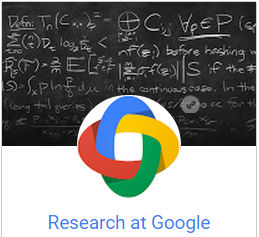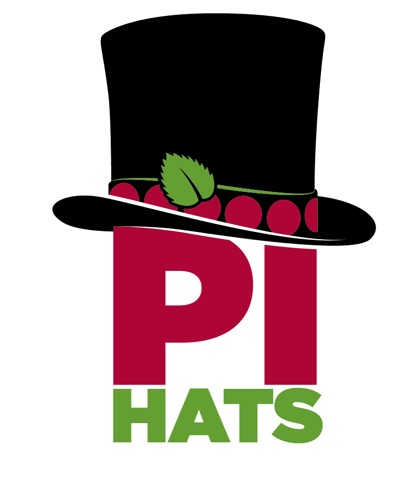| 2015 The Programmer's Year |
| Written by MIke James | ||||
| Thursday, 31 December 2015 | ||||
Page 2 of 3
AI goes commercialIt has been a memorable year in AI and the related field of robotics. The rise of the Deep Neural Network, DNN, just keeps happening. Early in the year Google's DeepMind learned how to play games using reinforcement learning - nothing completely new, but as so often with neural networks it is the computing power that makes the difference.
Later in the year DNNs managed to surpass human performance on visual recognition. However things turned a little sour in the middle of the year when Baidu's AI team were so set on winning that they were caught cheating and banned. Later in the year Microsoft's AI team won ImageNet using an Extremely Deep Neural Network. This is just the tip of the iceberg in terms of the level of competition that is developing between Google, Microsoft, Facebook and Baidu. AI is seen as the future of computing and everyone wants a slice of it. Google registered a number of AI patents without giving any clue as to why or what it might do with them. Both Google and Microsoft started to commercialize their AI. Microsoft launched project Oxford, an online collection of AI tools and Google offered online computer vision - both free to use at the moment. Another important step in the commercialization of AI was Google's announcement that it was using AI, in the form of "RankBrain" to improve search results. In the long run all search results will be the product of AI. Things weren't all bad from the point of view of open source AI. Both Microsoft and Google released open source AI engines. Google's TensorFlow is particularly noteworthy because it is a general purpose system. At the end of the year a new research group, OpenAI, was formed with a pledge of $1 billion from its backers to create open AI.
Finally by the end of the year a new craze seemed to have infected everyone who knows enough about neural networks to make use of one. The idea, loosely called "inceptionism", is to use neural networks to generate weird dream like artistic images or to otherwise use them to create "original" paintings in the style of a well known artist. At least some fun has been had by all.
Google's DeepMind Learns To Play Arcade Games Microsoft Wins ImageNet Using Extremely Deep Neural Networks Google Gears Up To Sell AI Vision RankBrain - AI Comes To Google Search Microsoft Open Sources AI Toolkit TensorFlow - Googles Open Source AI And Computation Engine AI Goes Open Source To The Tune Of $1 Billion Inceptionism: How Neural Networks See
RoboticsIn the robotics world the key happening was the Darpa Robotics Challenge. The idea was to stimulate research in robotics by getting them to compete for a big prize. Sadly the contest revealed that robots weren't really up to it. They all moved incredibly slowly and had a very real and embarrassing tendency to fall over. It was fun for the robot enthusiasts but not really for anyone hoping to see a robot run in and save a human.
The good news is that despite the poor showing at the challenge it really does seem to have concentrated the mind of robotics researchers the world over. At the end of 2015 robots were starting to do a good job of walking and at reasonable speed. More progress should follow in 2016.
Other notable robotic achievements in 2015 were four footed rather than bipedal. First we had a robot Cheetah that could run and jump over things in real time then, later in the year Boston Dynamics announced Stop a smaller version of BigDog - a four footed mule like robot.
Robot Fear Of Falling - South Koreans Win DARPA Robotics Challenge MIT's Robot Cheetah Jumps Over Things In Realtime Spot Is Boston Dynamics' New Robot "Dog" IoTA big growth factor in 2015 was the use of the term IoT - Internet of Things. Now, it is used to mean anything from embedded computing, microcontroller, physical computing and more. Undoubtedly the winner of 2015 as far as hardware is concerned is the Raspberry Pi. Early in the year it was announced that it had sold more than 5 million units which is an awful lot of Pi. Then the Raspberry Pi 2 was announced complete with a new way of connecting expansion boards - HATs. Later in the year the promise of HATs was made good with the release of the AstroPi board packed with sensors and designed to be sent into space with UK astronaut Tim Peak and the official Pi Touch screen.
If this wasn't enough for one year, at the end of November the Raspberry Pi Zero was announced. This $5 computer basically wipes out the competition. Why buy a $9 Chip or a$15 CodeBug when you can have more power with a bigger user base for $5. Even the BBC's Micro Bit is only viable because it is being given away. The Pi Zero didn't really have much effect in 2015 because it sold out almost immediately but in the coming year it is likely to become a standard part in most projects.
The other big event of the year was the Arduino legal dispute. A split between the founders of the project and the company that distributes the Arduino resulted in the name Arduino not being used in Europe. As a result a range of new products, more than might have been expected were launched using the name Arduino in the US and Genuino in Europe. Raspberry Pi Gets Its Official Touch Screen Now You Can Buy The Raspberry Pi HAT That Went Into Space Five Million - That's A Lot Of Raspberry Pi Raspberry Pi 2 - Quad Core And Runs Windows BBC Micro Bit Delay - A Chance For CodeBug? BBC micro:bit Your Next Computer? CHIP - $9 Computer To Beat Pi & Arduino |
||||
| Last Updated ( Sunday, 03 January 2016 ) |






